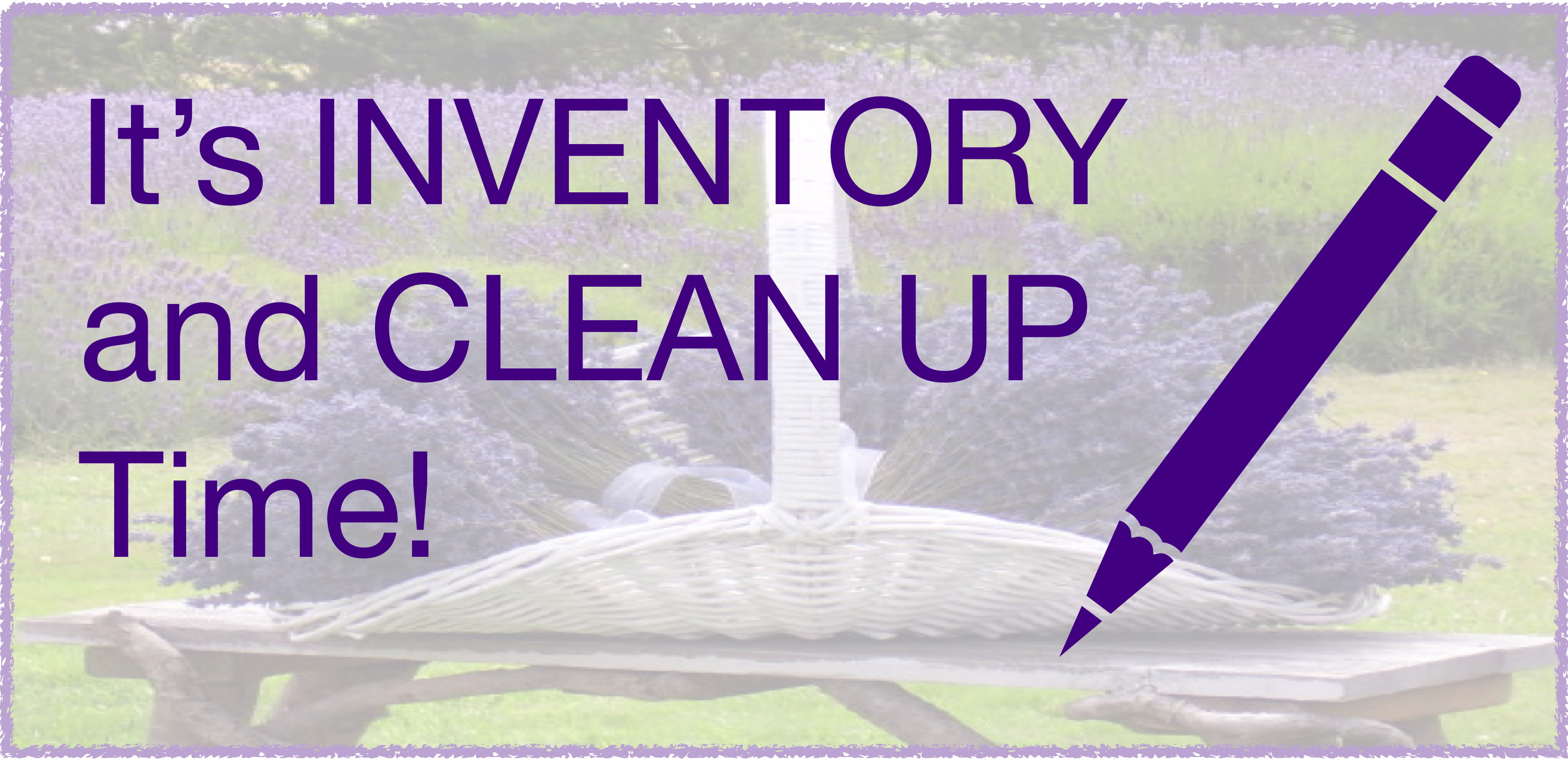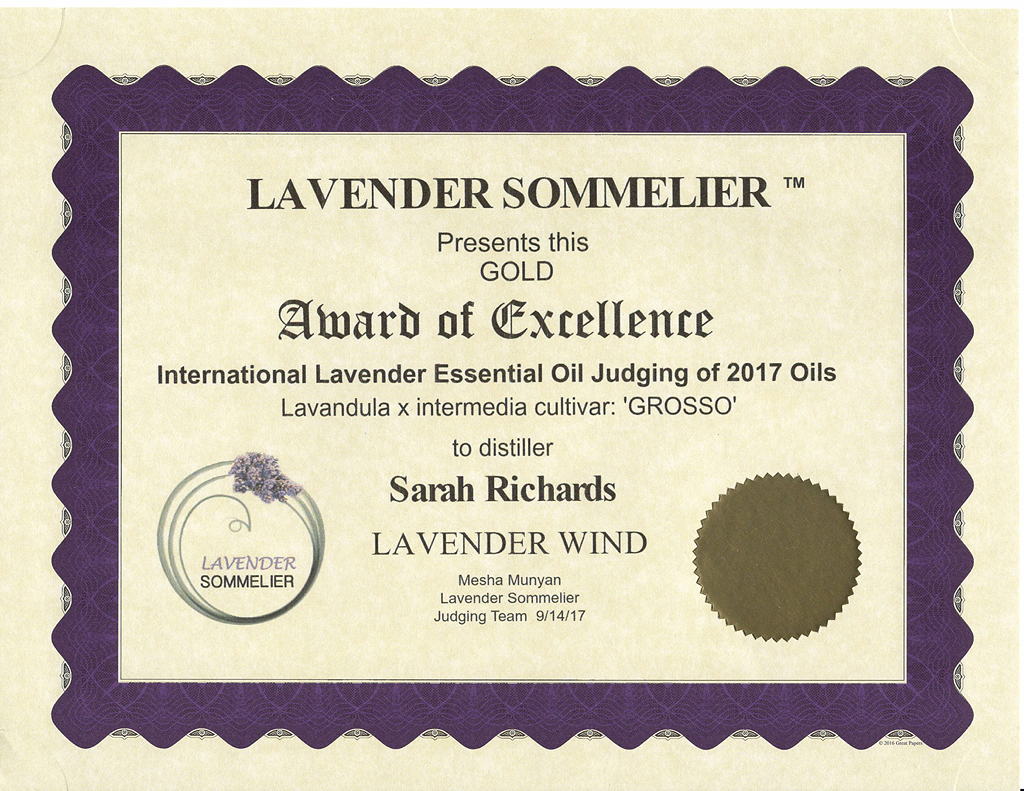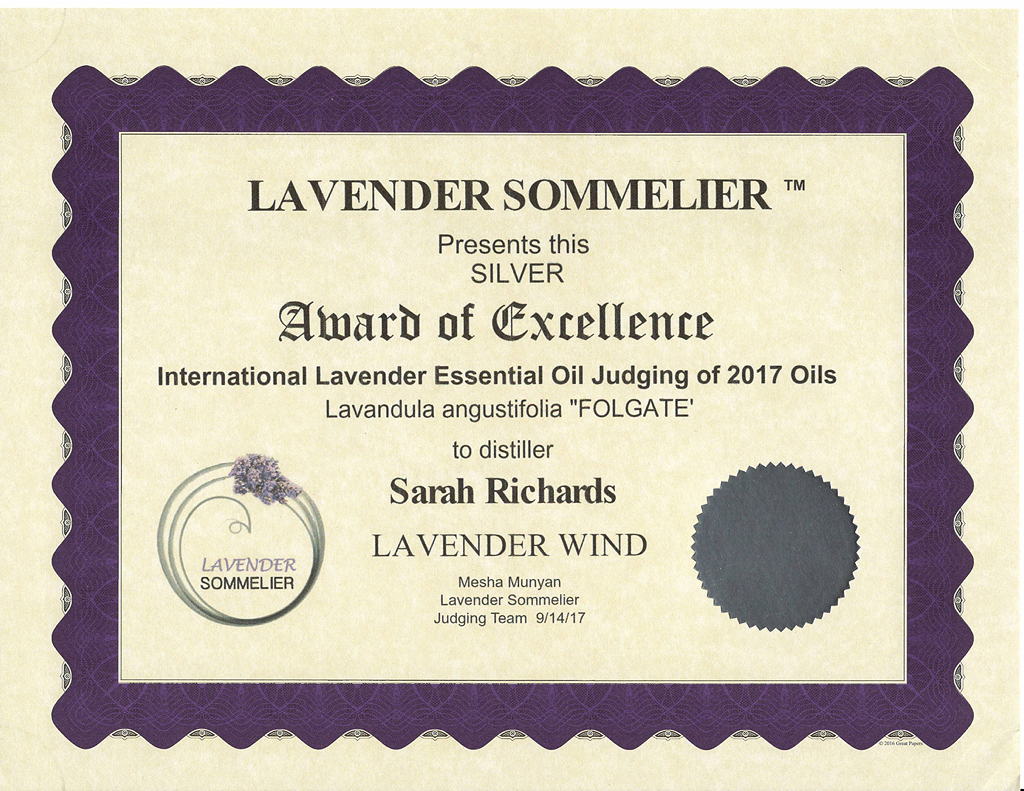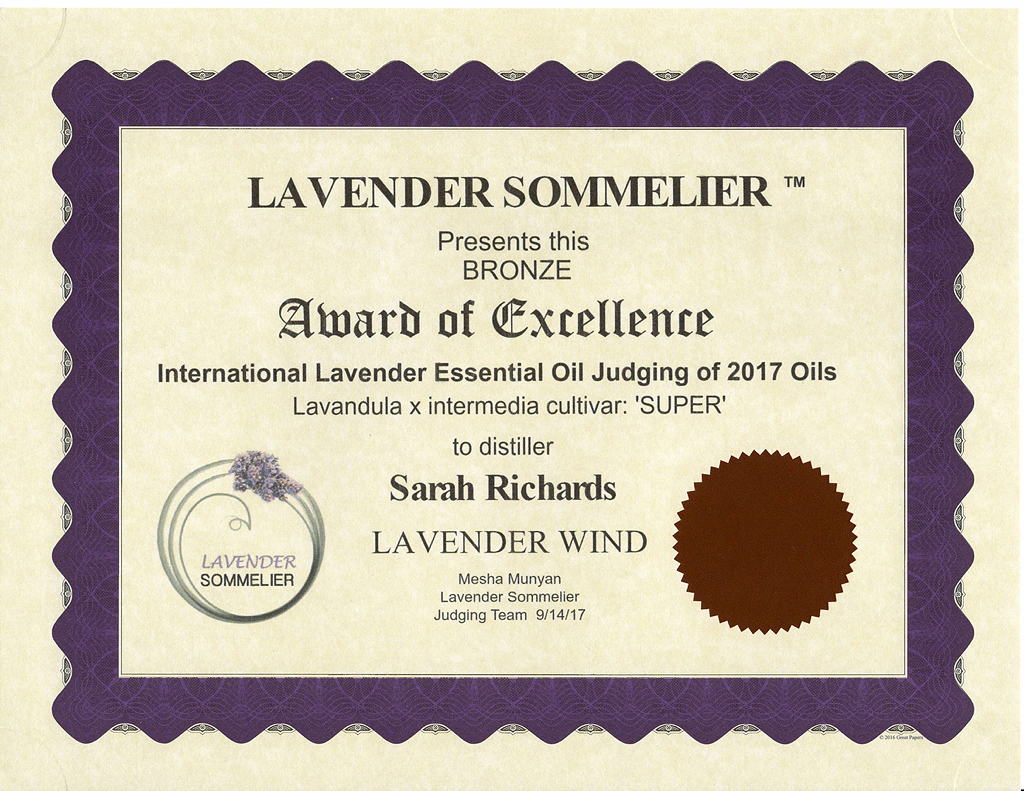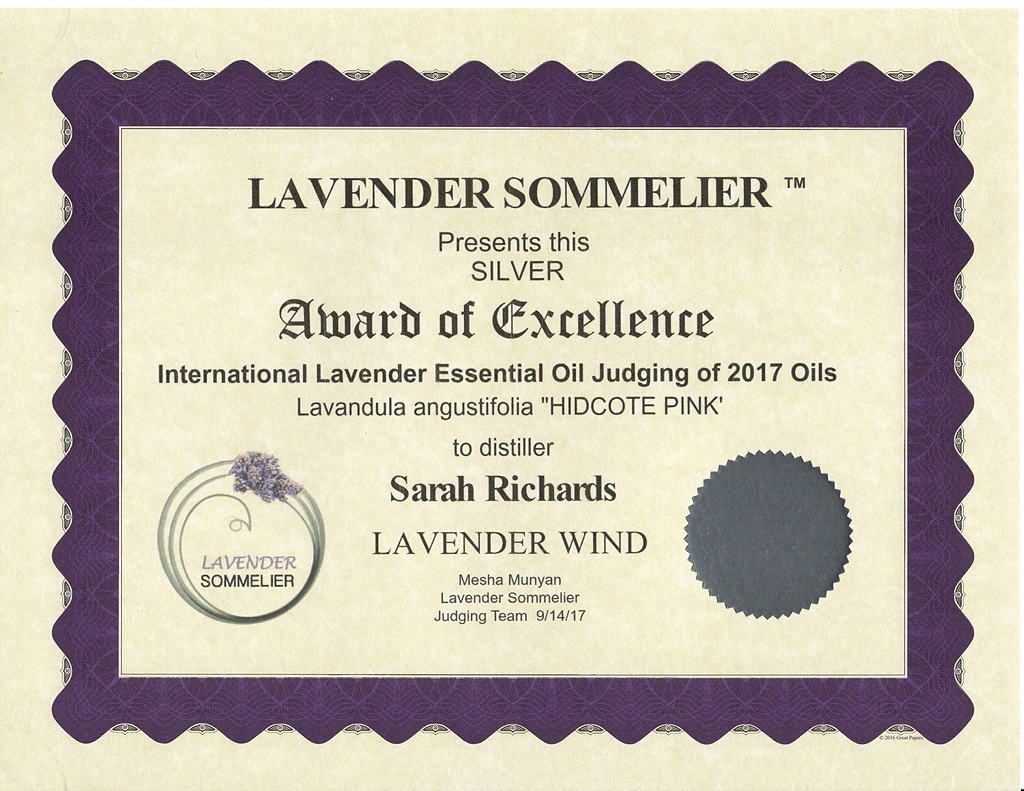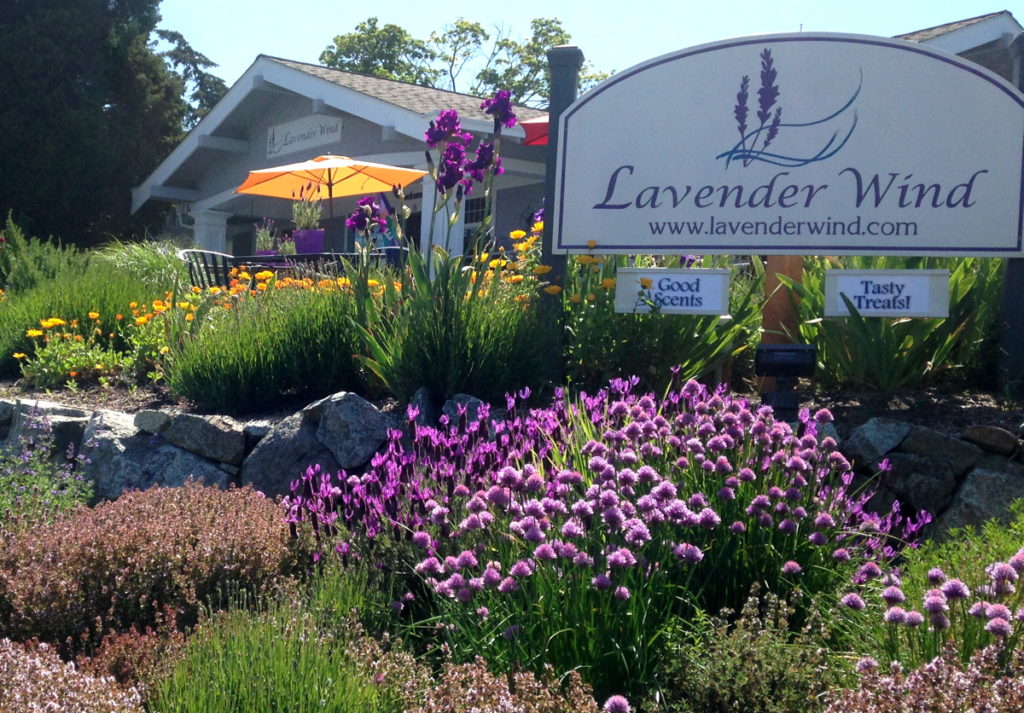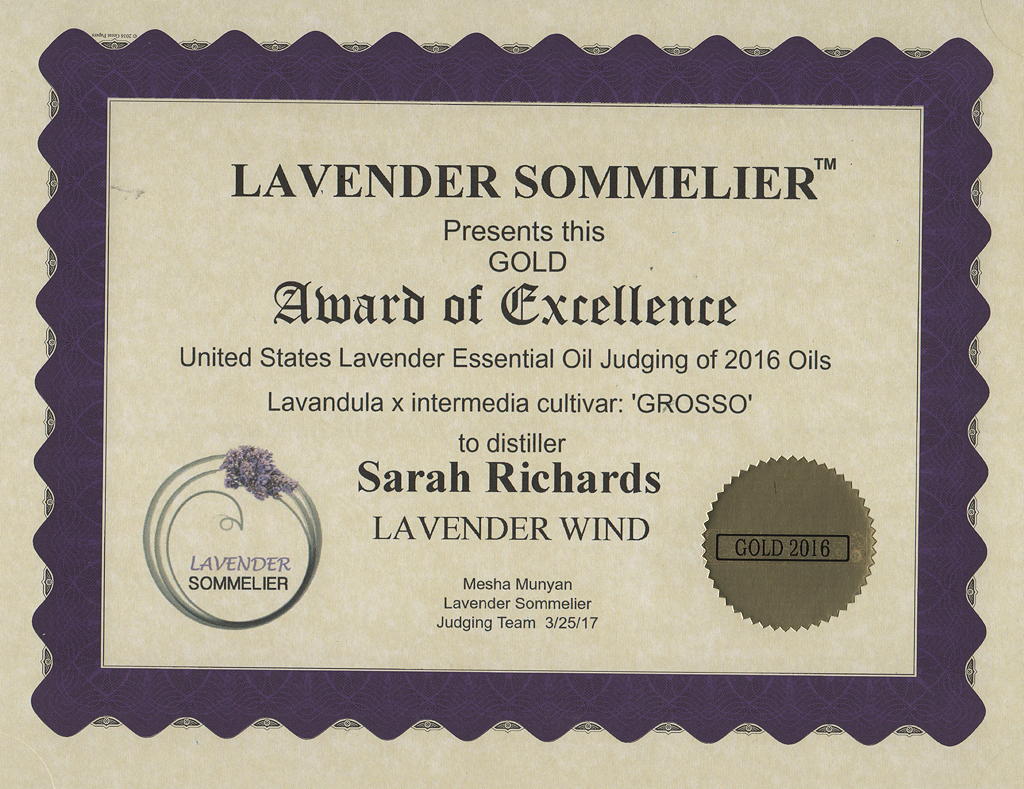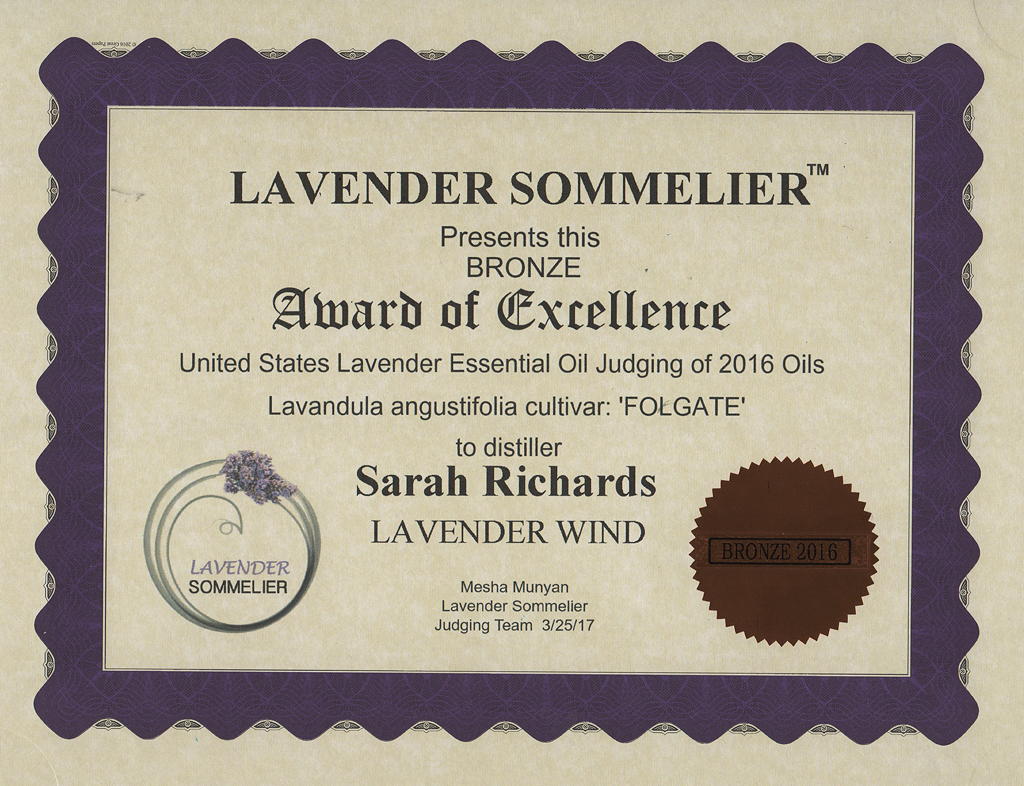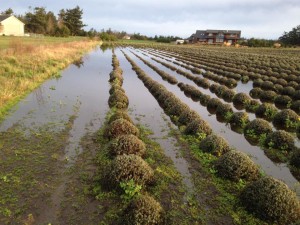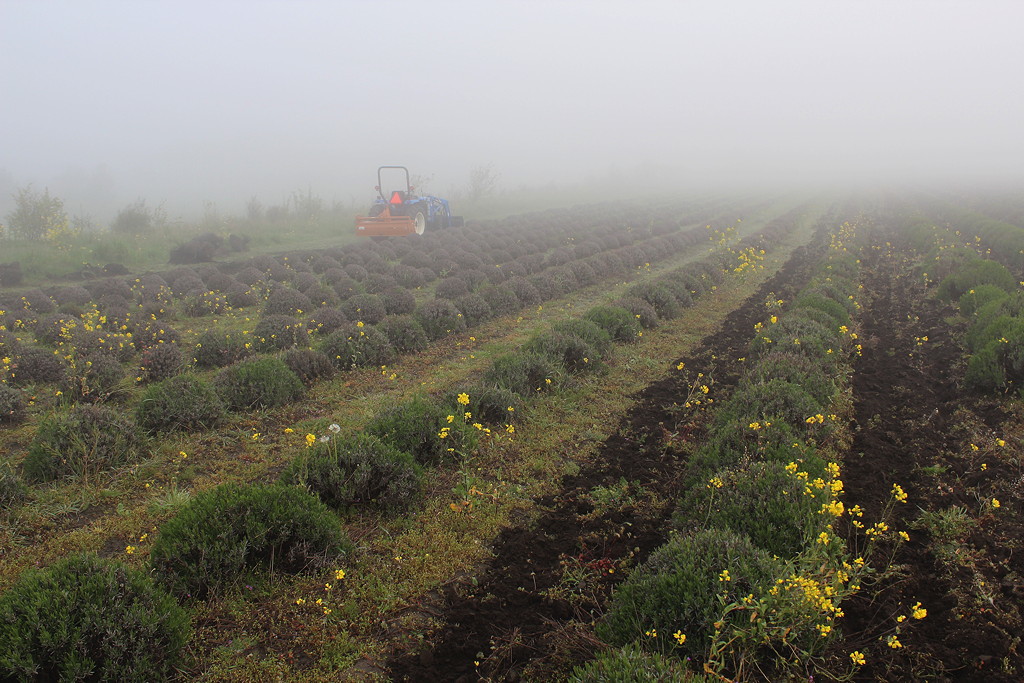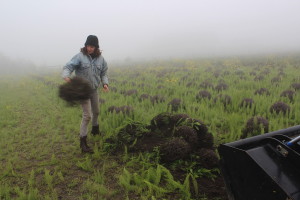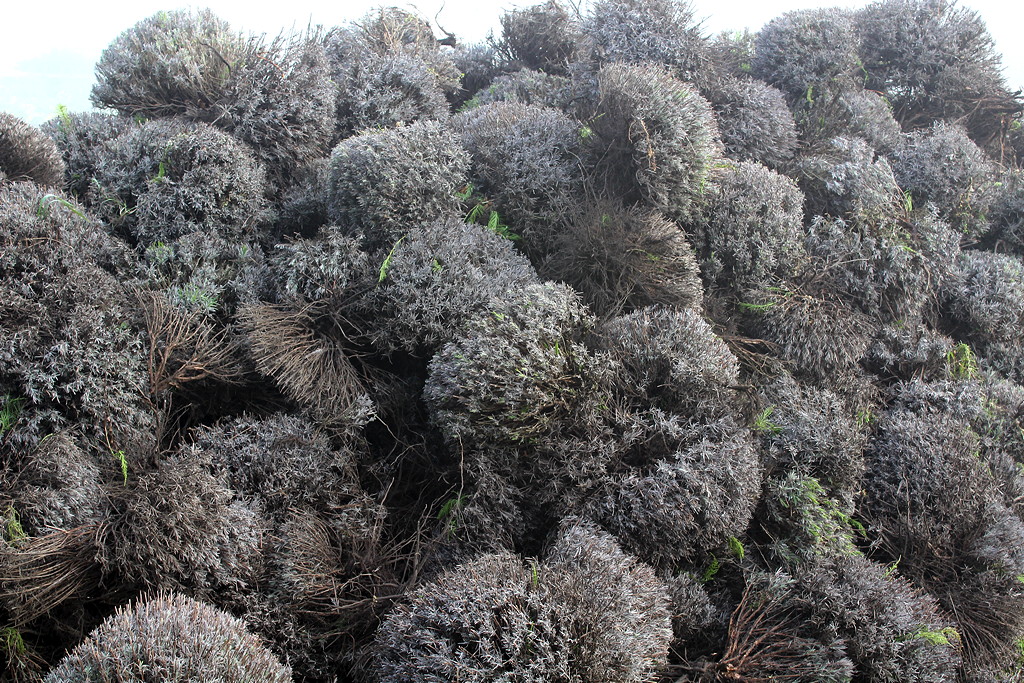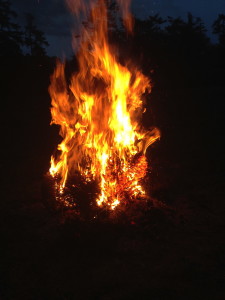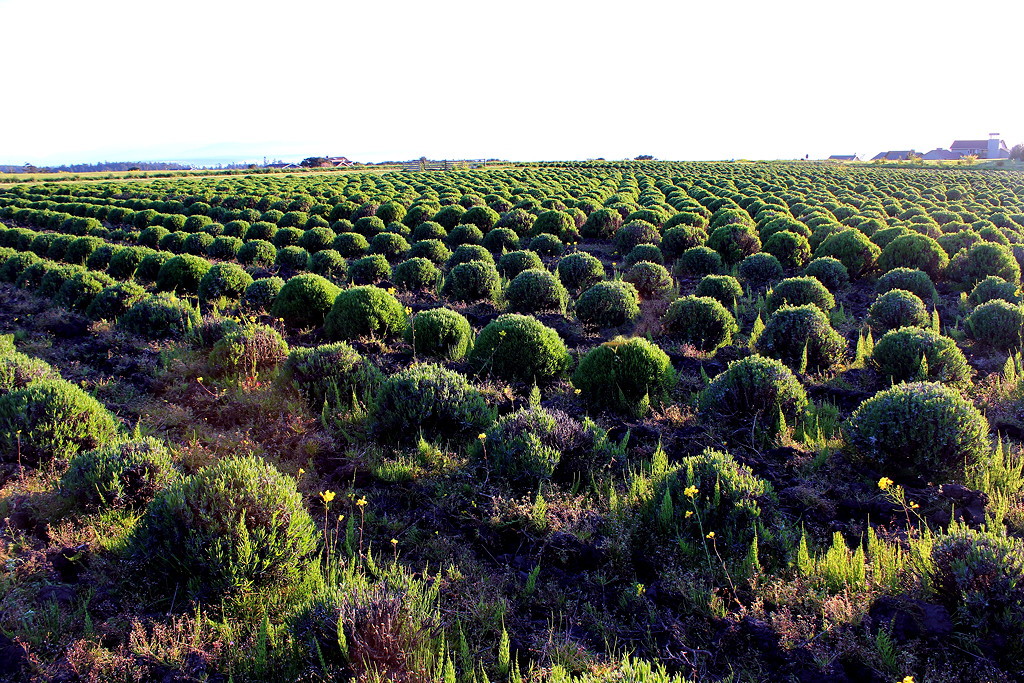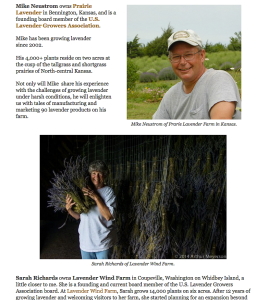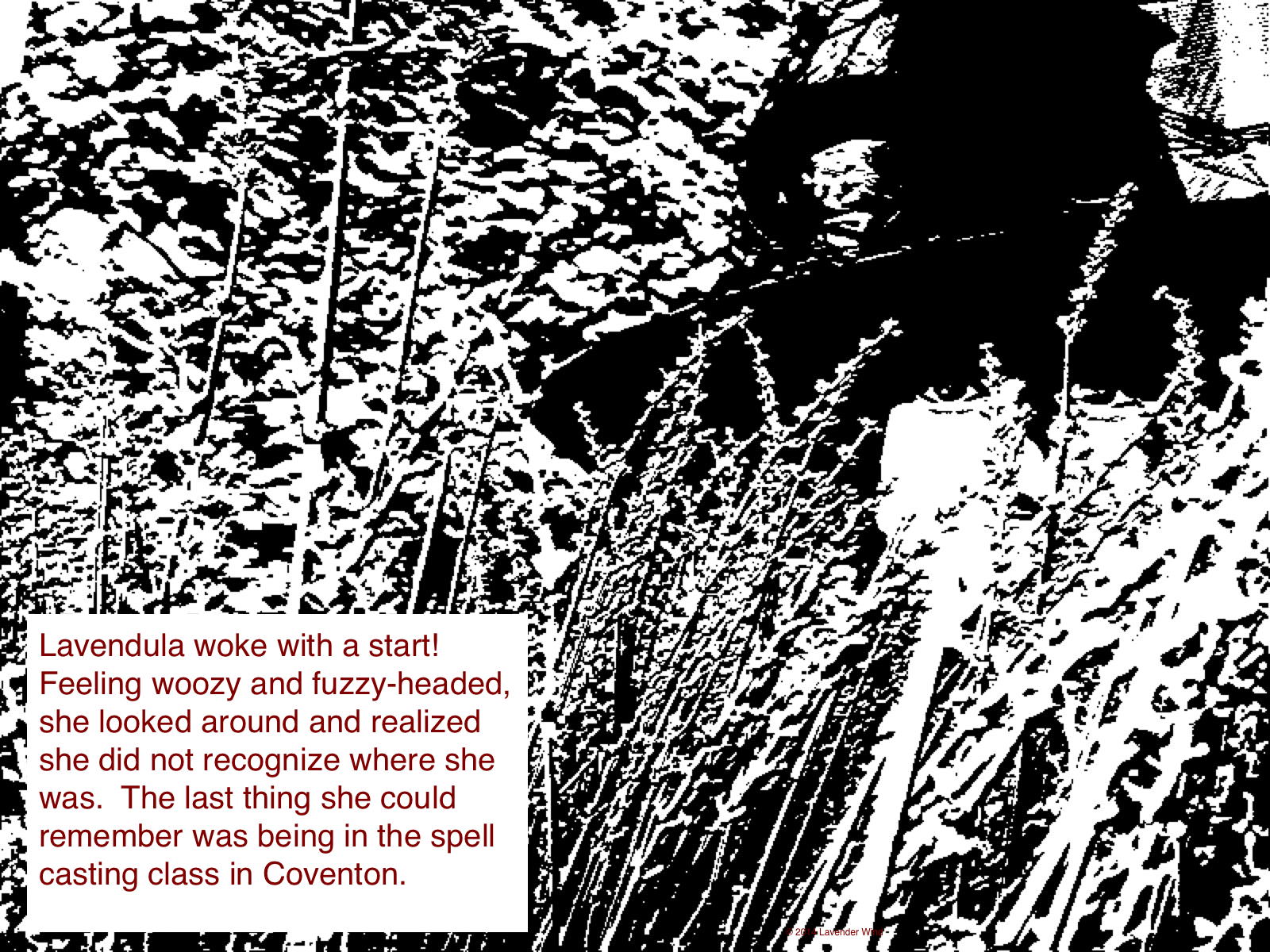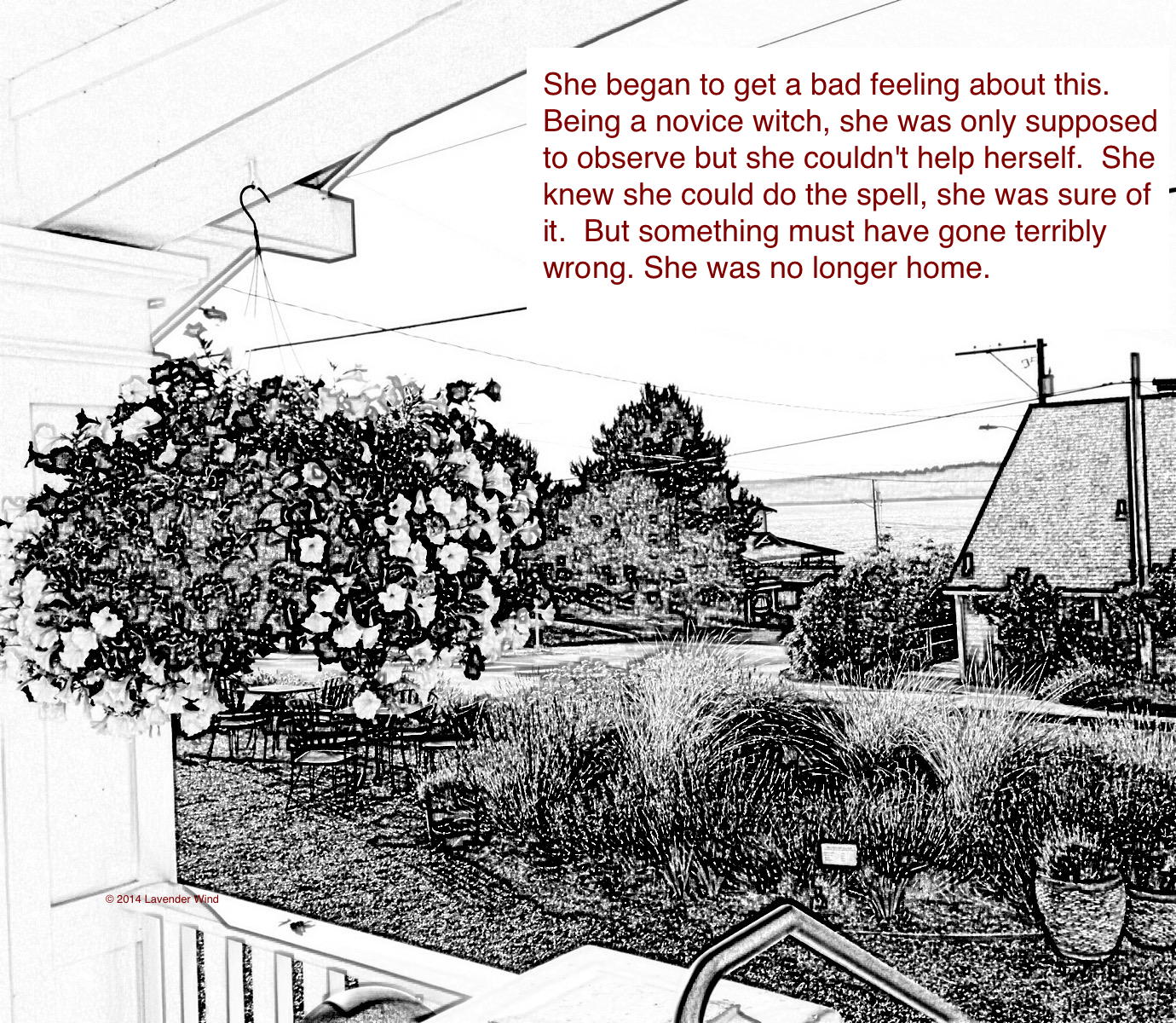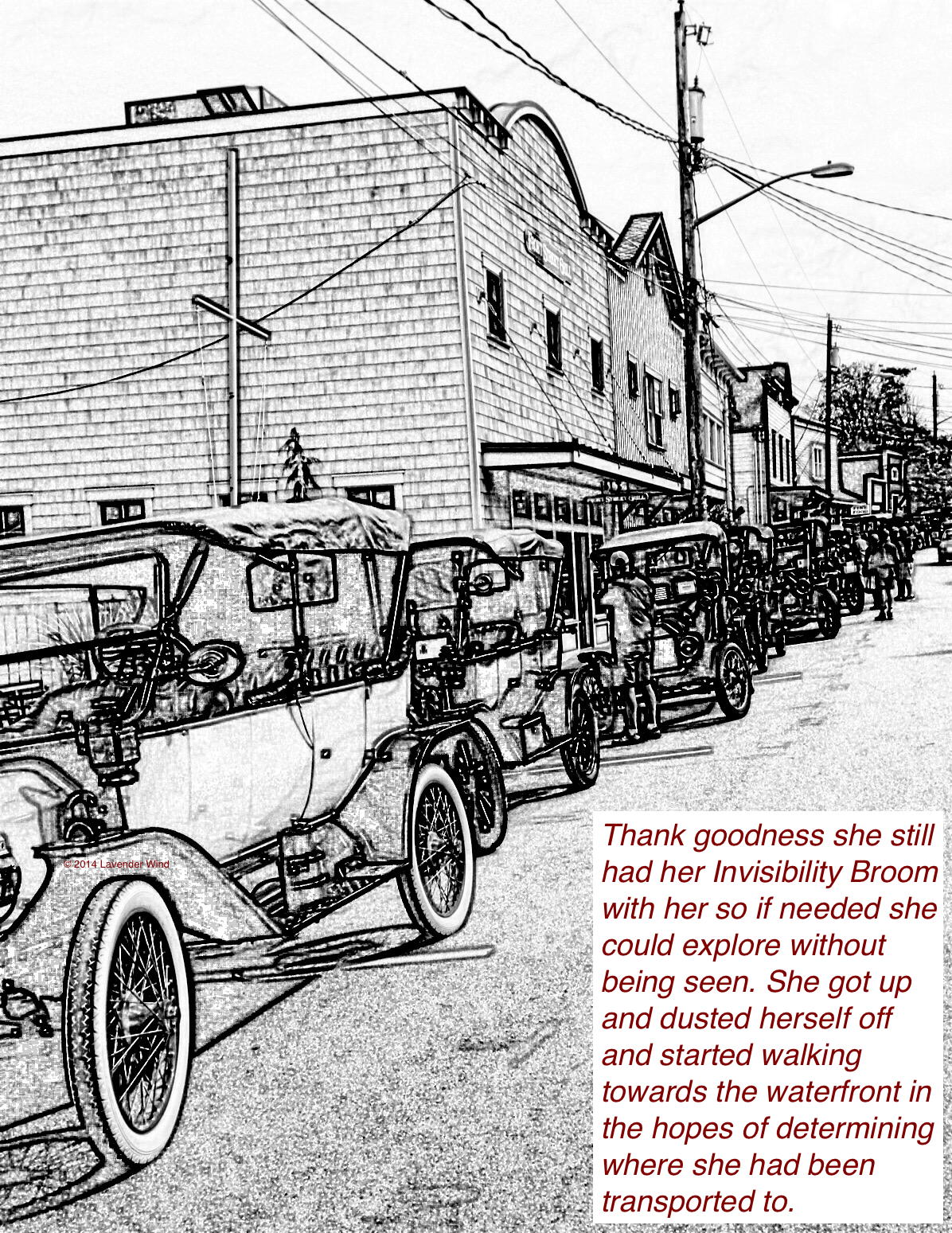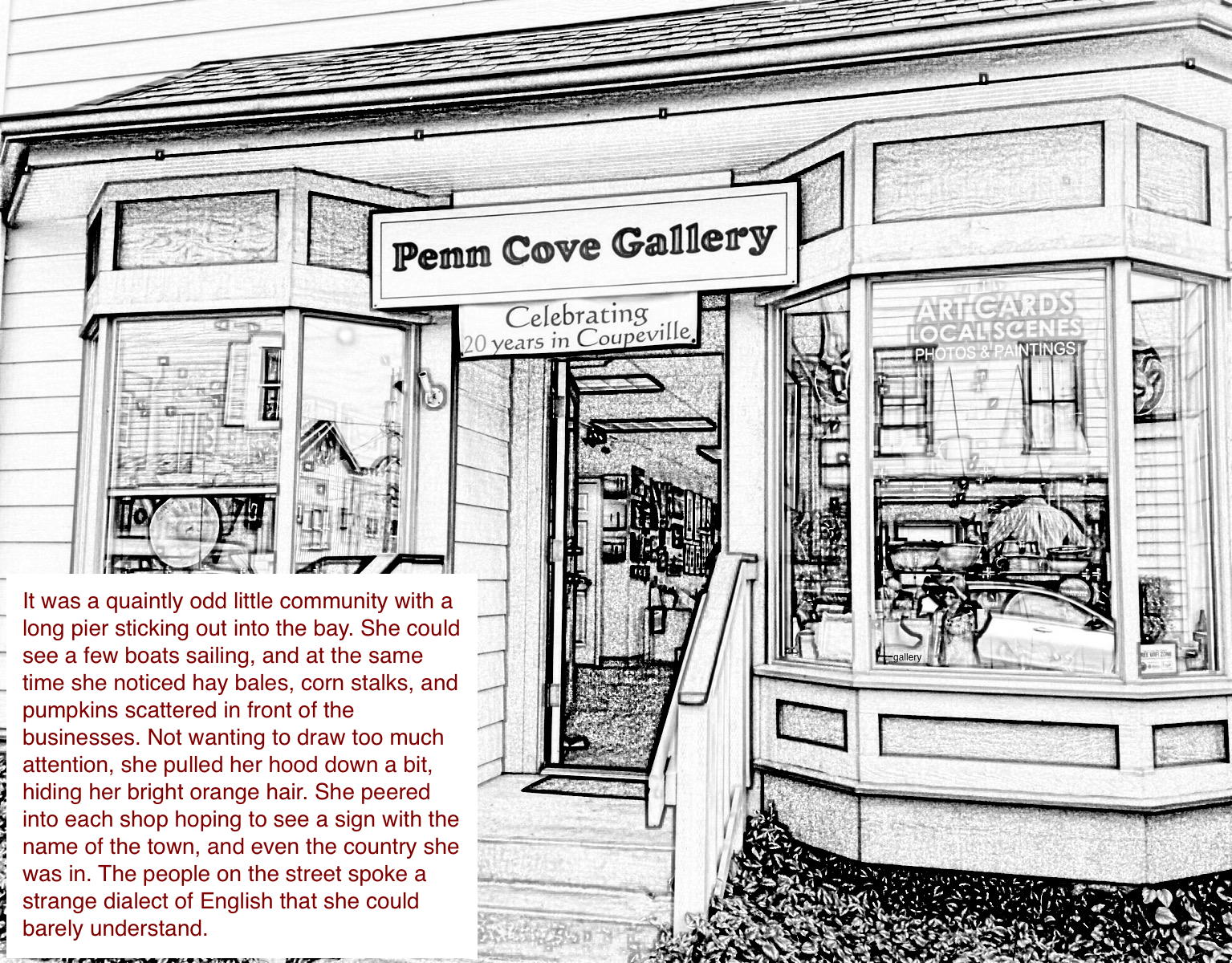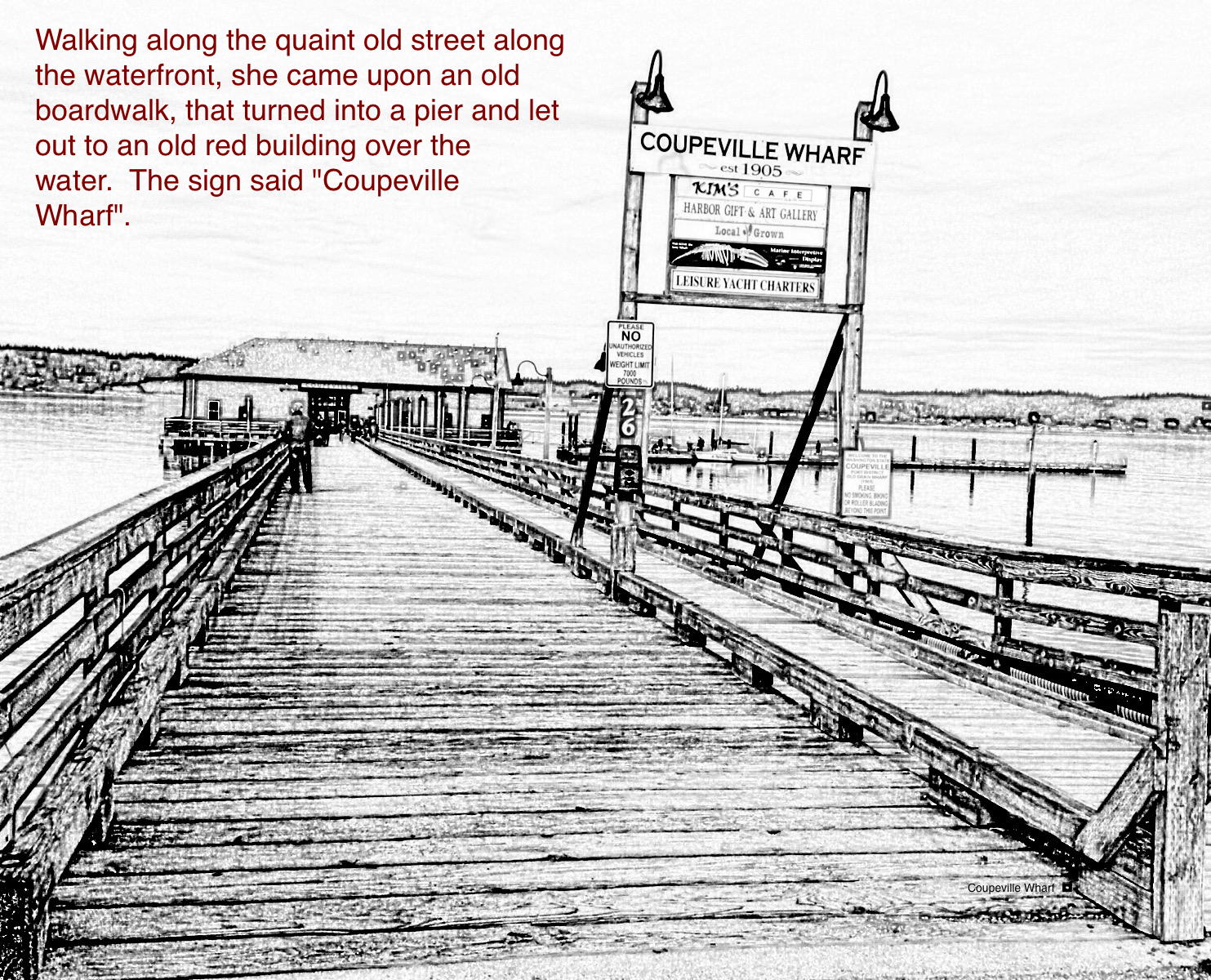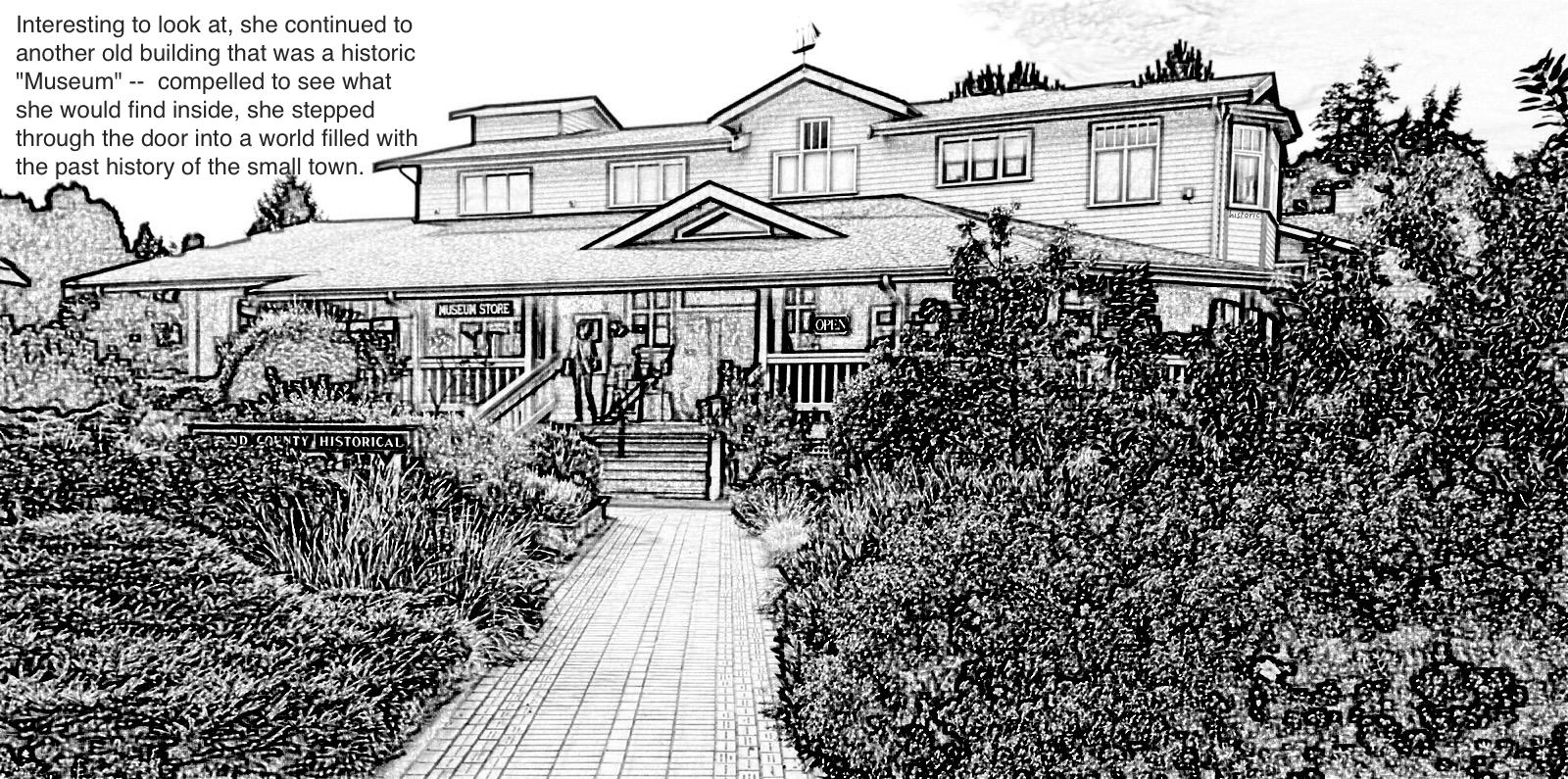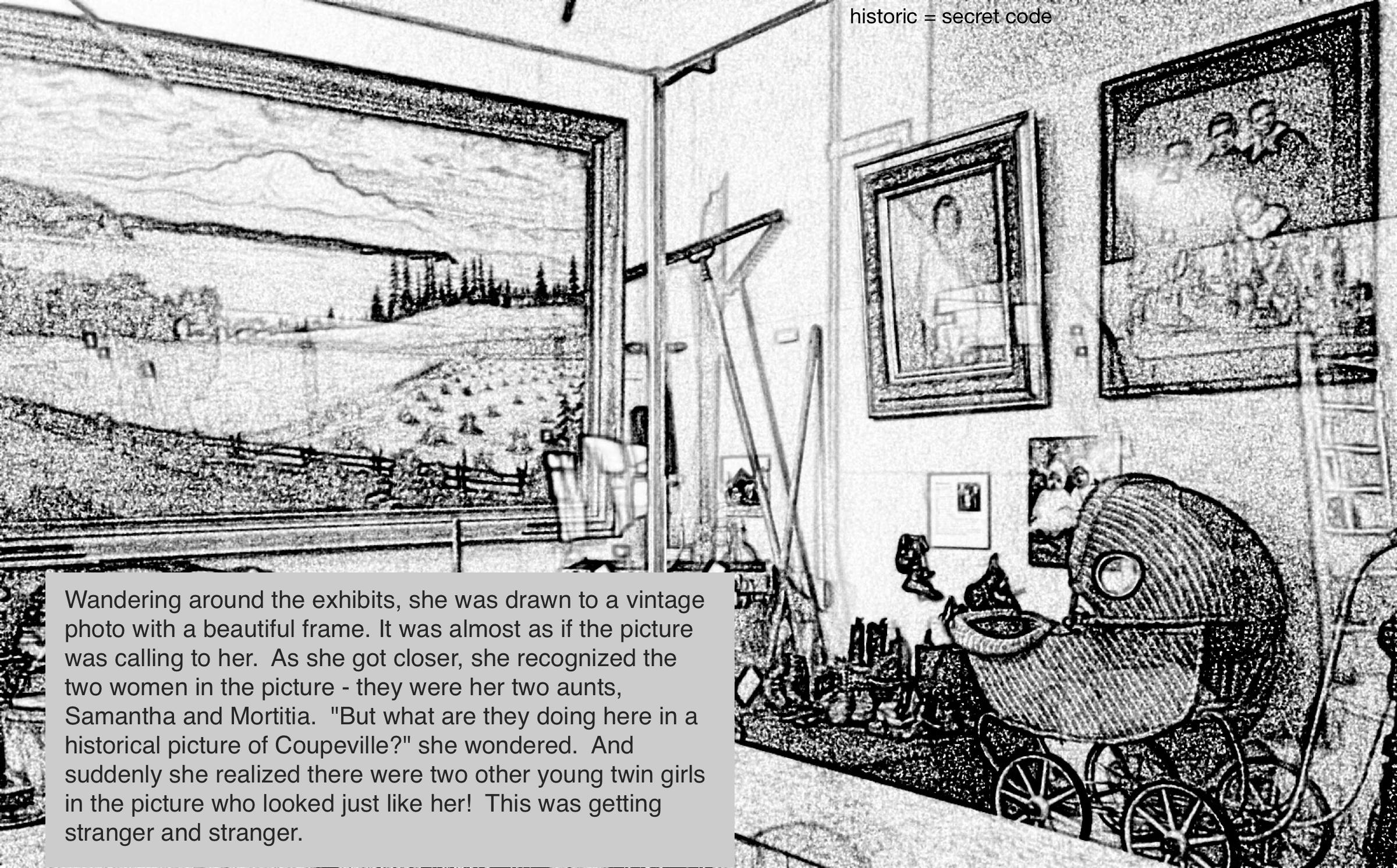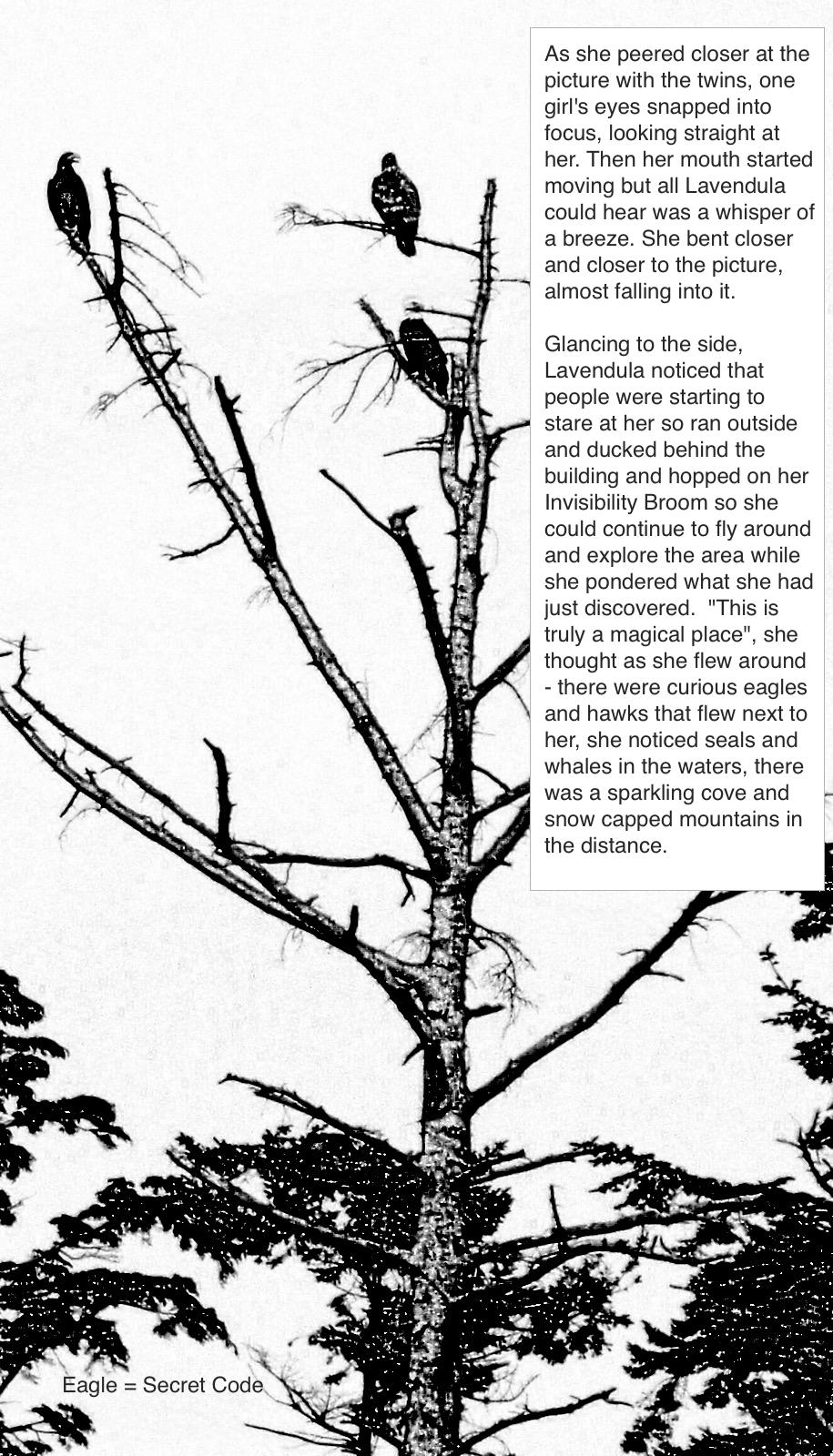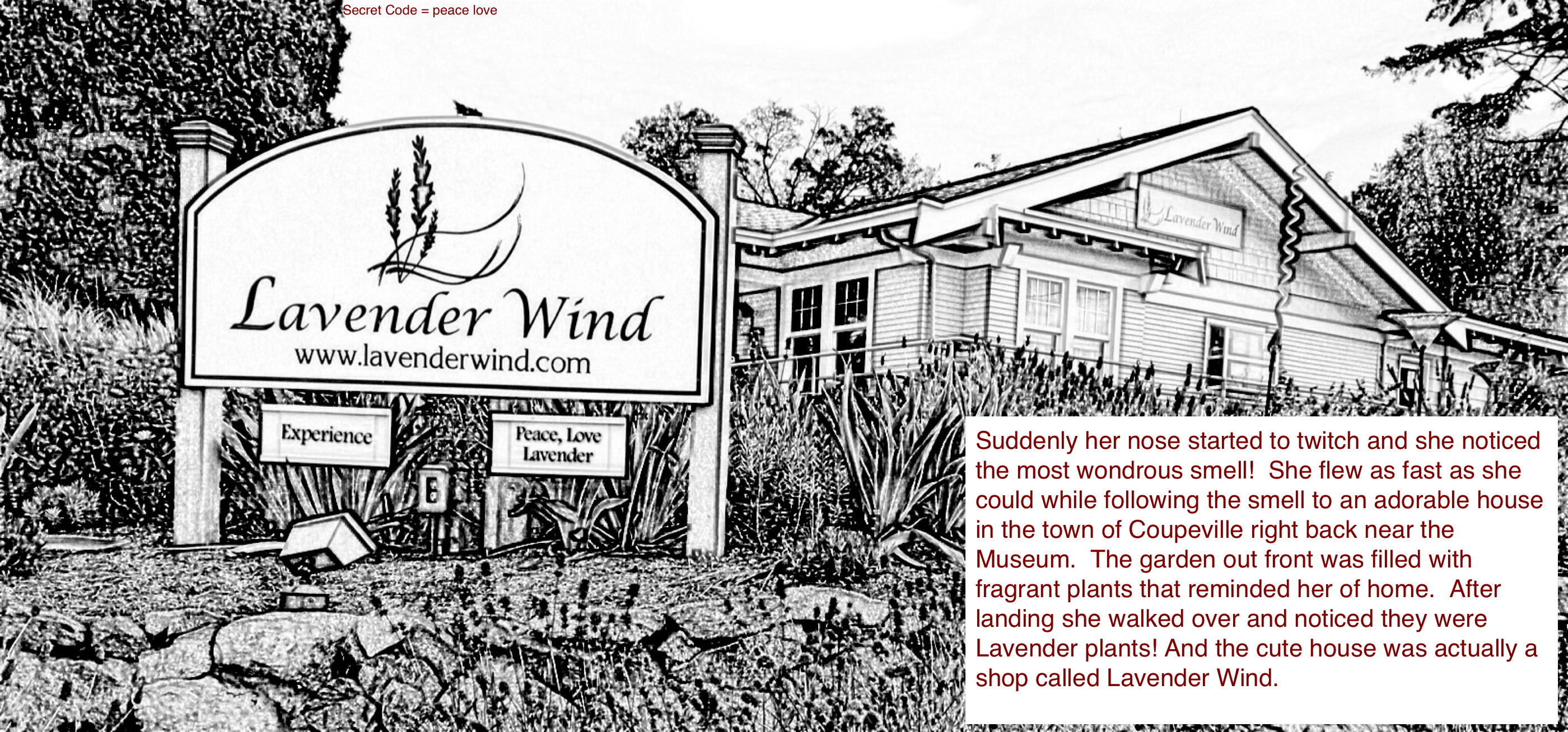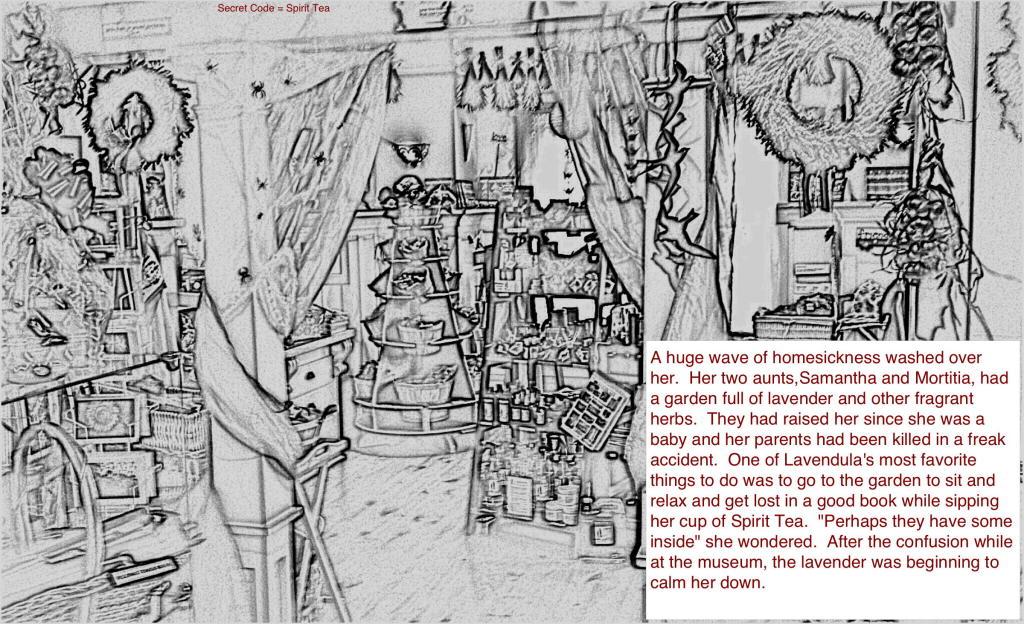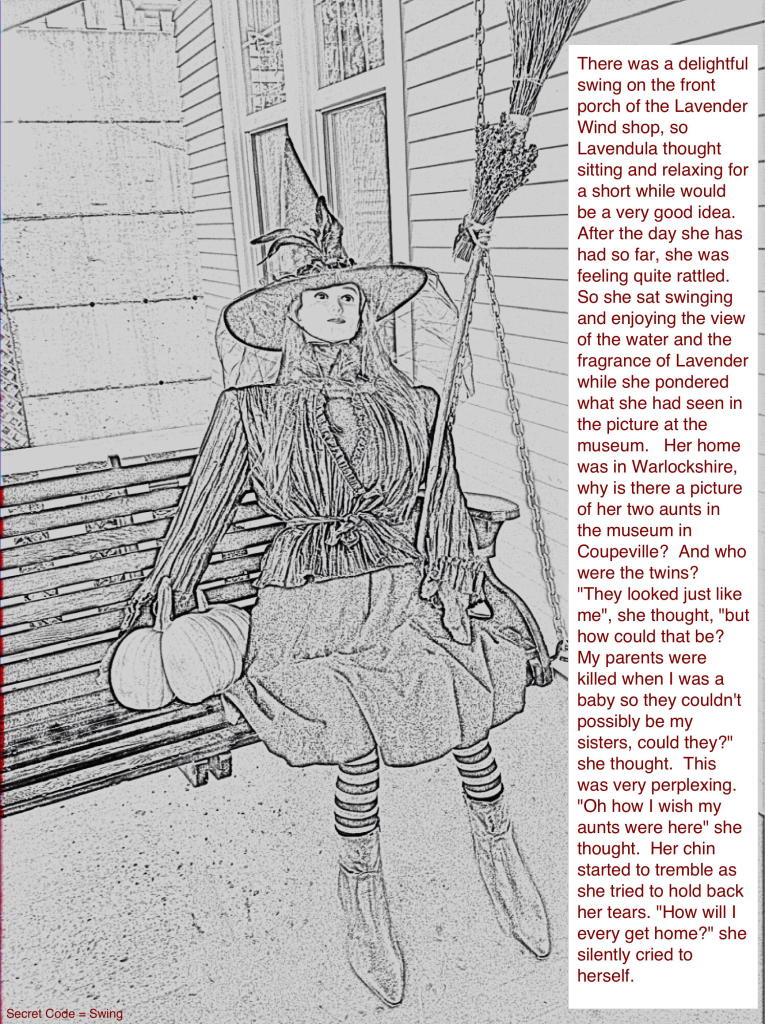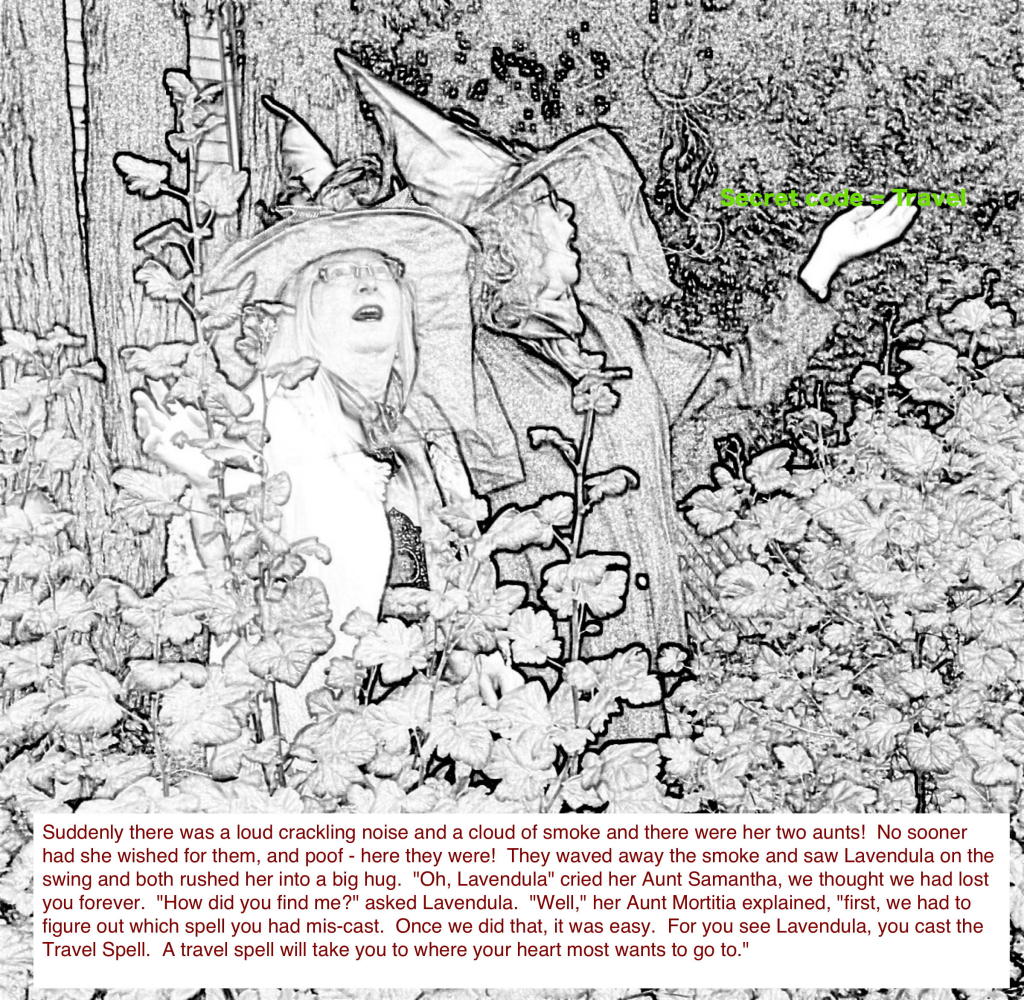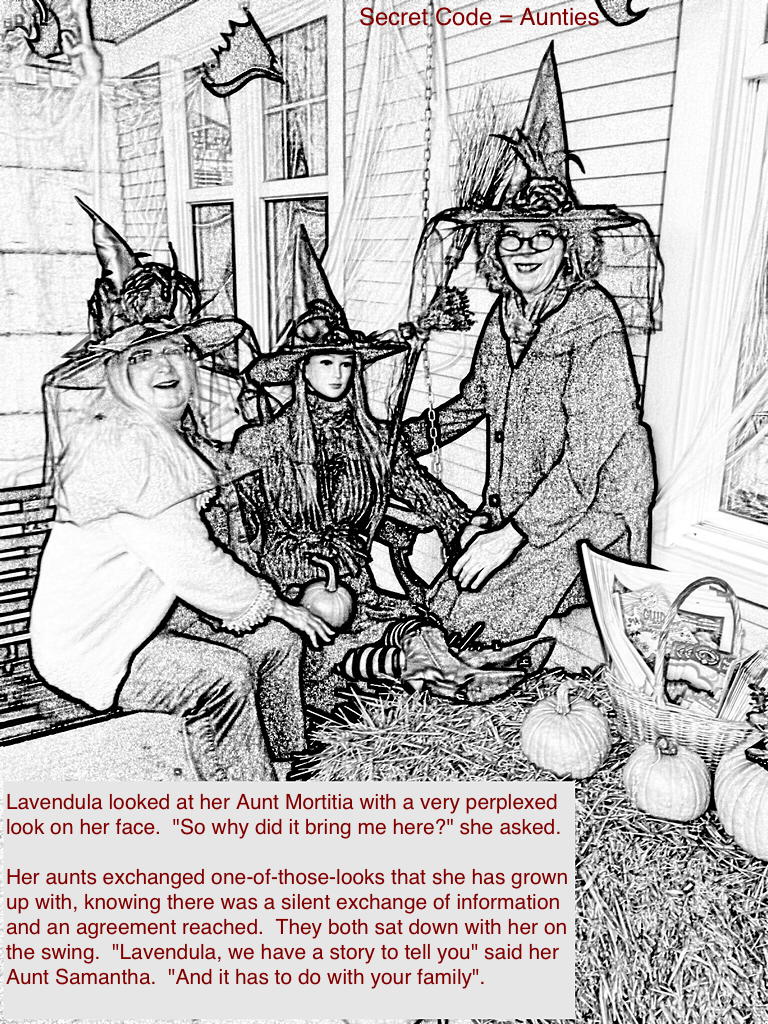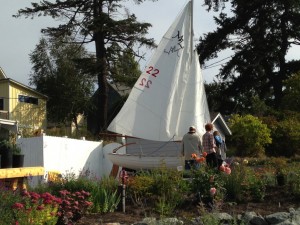Take a Fragrant Farm Tour and Re-connect with Your Inner Zen
By Georgie Lea Smith
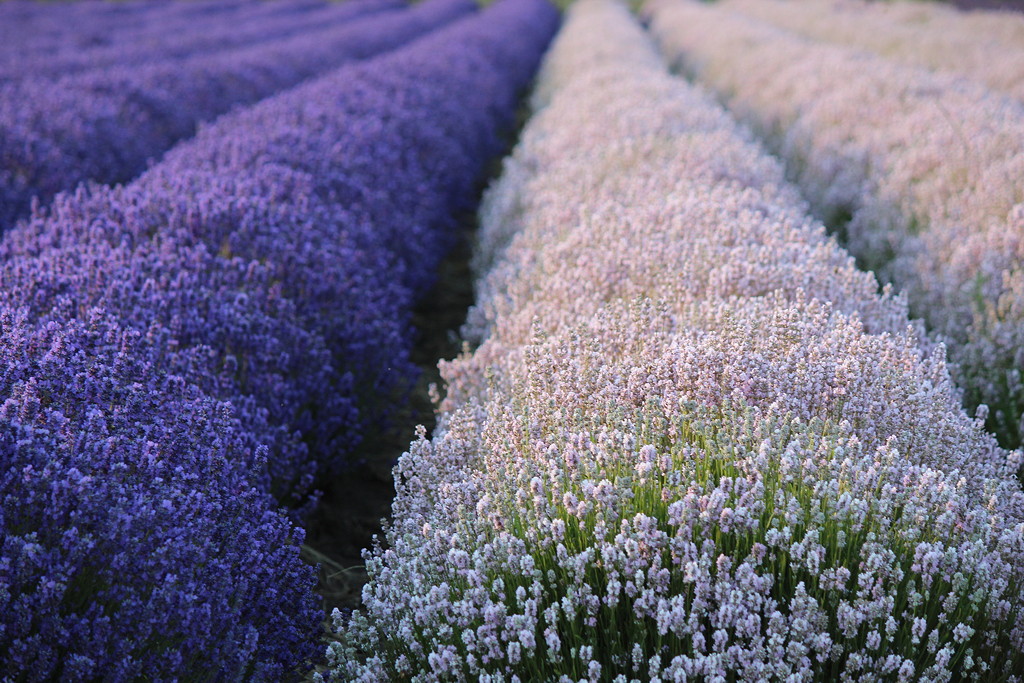
If there is one thing you’ll never forget about touring a lavender farm, it’s the smell.
“They ALWAYS drive up and say, ‘I could smell this coming down the road!” an observation Washington state farmer Sarah Richards, owner of Lavender Wind Farm, chuckles fondly about.
Because of course a lavender farm smells… delightfully, wonderfully, fragrantly so! But touring a lavender wind farm is not only an aromatic experience, it combines the beauty of the plants, the connection the land and outdoors, the stimulation of the exercise and the gratification of learning something new about plants, farming and rural communities.
Agri-tourism is most commonly thought of as touring a working farm. Perhaps gathering some eggs, milking a goat, pulling a few weeds, maybe even staying overnight and cooking up a farm meal from what you harvested that day. It is a experiential travel experience that has been surging in popularity over the last decade as an increasingly urbanized American population reach out to their rural origins, scheduling their vacation days with a trip ‘back to the farm.”
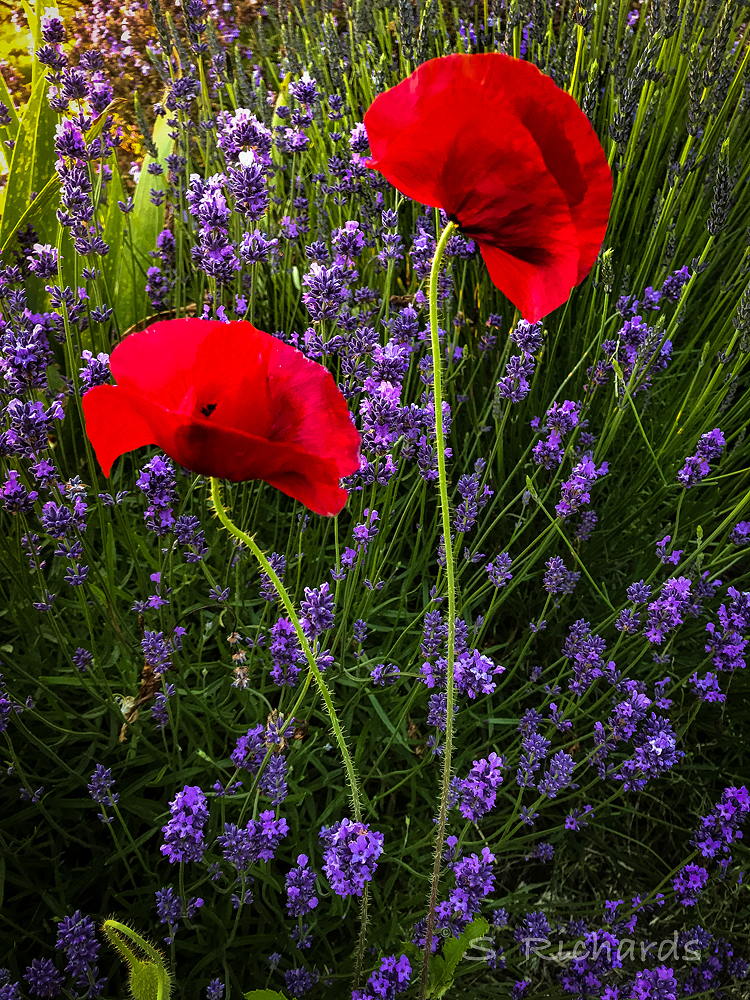
Looking to Relax, Unwind and De-Stress? Tour a Lavender Farm
Touring lavender farms is a particularly delightful subset of the ‘agri-tourism’ craze. Farm tours in general are all about the hands-on experiences that visitors love. Learning about the farm and what they do, enjoying the physical landscape and beauty of the farm, connecting back with nature and feeling the ‘land’ beneath your feet.
But touring lavender farms takes all that and raises the bar several notches. Offering up all the delights of a typical farm tour but adding in not only the beauty of the blooming plants, but the unique benefits that the lavender oil provides – reduced stress and anxiety, elimination of nervous tension and enhanced blood circulation.
Honestly, when you combine the relaxing ‘back to nature” of a farm tour with the aromatic, de-stressing benefits of lavender – isn’t it amazing anybody ever leaves a lavender farm tour! Nap-time anyone?
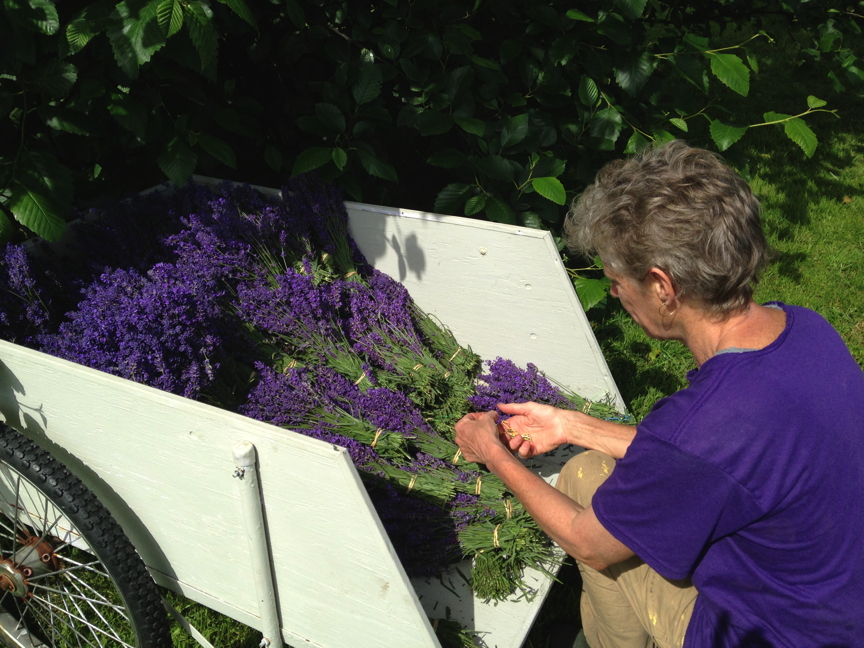
Finding a Lavender Farm Near You to Tour
The most famous area to offer endless purple fields of lavender is without a doubt, the Provence region of France. With oodles of lavender farms located across 100s of miles, this is a lavender-farm, tour-experience extraordinaire. Here in the United States, there isn’t one area so famously dedicated toward lavender production. But, never fear – because lavender is such a hardy and versatile plant adaptable across most growing regions of the United States, you can find a lavender farm not too far away from almost anywhere you might be.
The first thing to keep in mind, timing your tour for the “purple” season. Most lavender farms in the United States are in peak bloom (aka ‘purple’) from roughly the first of June til sometime in August. Some farms may also offer early spring ‘planting’ tours or fall-harvest time tours that might specifically explore such topics as drying lavender, lavender crafts and distilling lavender oil. But, if you want to experience a lavender farm at the height of its beauty and aroma, best to go when the flowers are blooming.
Next, you need to find a lavender farm that offers tours and is open to the public! Each farm is unique and will have different experiences they can share with visitors. Some farms have an on-site store and allow you to view (and even wander) the fields. Others may be only open for scheduled events or host festivals. Some offer specific tours aimed toward unique topics or designed specifically for your group. The best place to find reputable lavender farms in your area is checking with the U.S. Lavender Growers Association for a farm near you. https://www.uslavender.org.
Meanwhile, here a quick round-up of lavender farms coast-to-coast offering on-farm tours.
Coast to Coast – Five Lavender Farms Open for Farm Tours
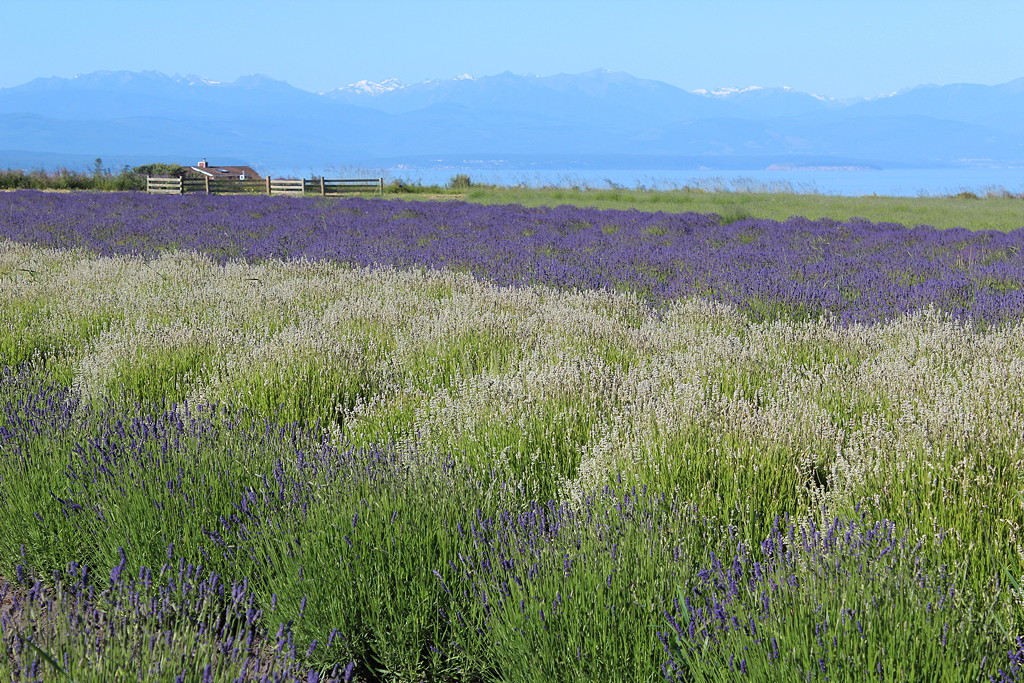
Washington – West Coast Ocean Breezes
Lavender Wind Farm. Whidbey Island, Washington. Approximately two hour drive north of Seattle.
A 9-acre farm featuring 19 varieties of lavender, a farm pond and a Hopi-inspired lavender labyrinth. This breath-takingly beautiful farm offers ocean and mountain views along with their stunning fields of purple. Lavender Wind Farm is open during the ‘purple season’ for self-guided day tours or specifically themed guided tours. Click here for more information. https://www.lavenderwind.com/lavender-farm-tour/
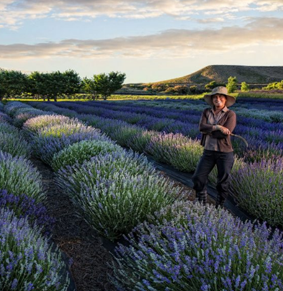
Colorado – Rocky Mountain Plateaus
Sage Creations. Palisade, Colorado. Just a 3.5 hour drive from Denver and an even quicker trip across the Utah border from Moab. This organic certified lavender farm features high desert and plateau views. They offer many lavender-centric experiences, including u-pick and guided ‘agri-tours’ of their farming operations and practices. Check here for more information – https://sagecreationsorganicfarm.com

New Mexico – Desert Blooms
Purple Adobe Lavender Farm. Abiquiu, New Mexico. This southwest desert farm is just a quick 30-minute hop from Santa Fe and located in the same valley the famous painter Georgia O’Keefe lived and painted. Take a guided tour for the farm, learning all about the history, uses for lavender and more. http://www.purpleadobelavenderfarm.com

Kansas – Purple on the Prairie
Prairie Lavender Farm. Bennington, Kansas. Over 4600 plants grown amongst the native tall and short-grass prairies of north-central Kansas, this farm is really close to an urban center, just 20-minute drive from Salina which is likely one reason it has the honor of being Kansas’s more visited farm! Tours are available any time they are open for small groups, larger groups are encouraged to schedule. https://prairielavenderfarm.com
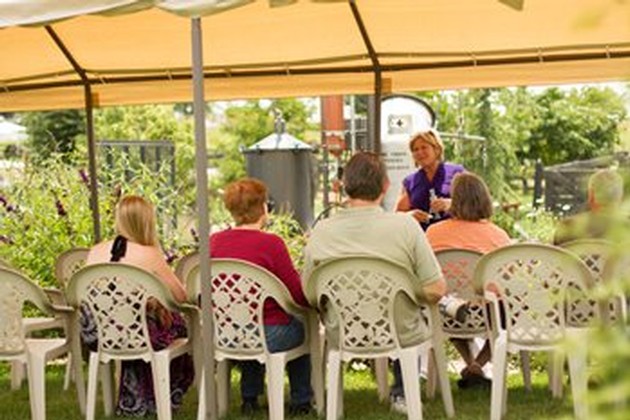
Virginia – Sniff and Sip through the Sheandoah Valley
White Oak Lavender Farm. Harrisonburg, VA. A two-hour drive from D.C. or just a one-hour drive from Charlottesville, this lavender farm is located in the renown Shenandoah valley of Virginia. Also a vineyard, you can smell the farm-grown lavender while sipping the farm-grown wine! Seasonal guided tours are offered four days a week and include lavender information, u-pick and a great walking tour of the farm. https://www.whiteoaklavender.com/

